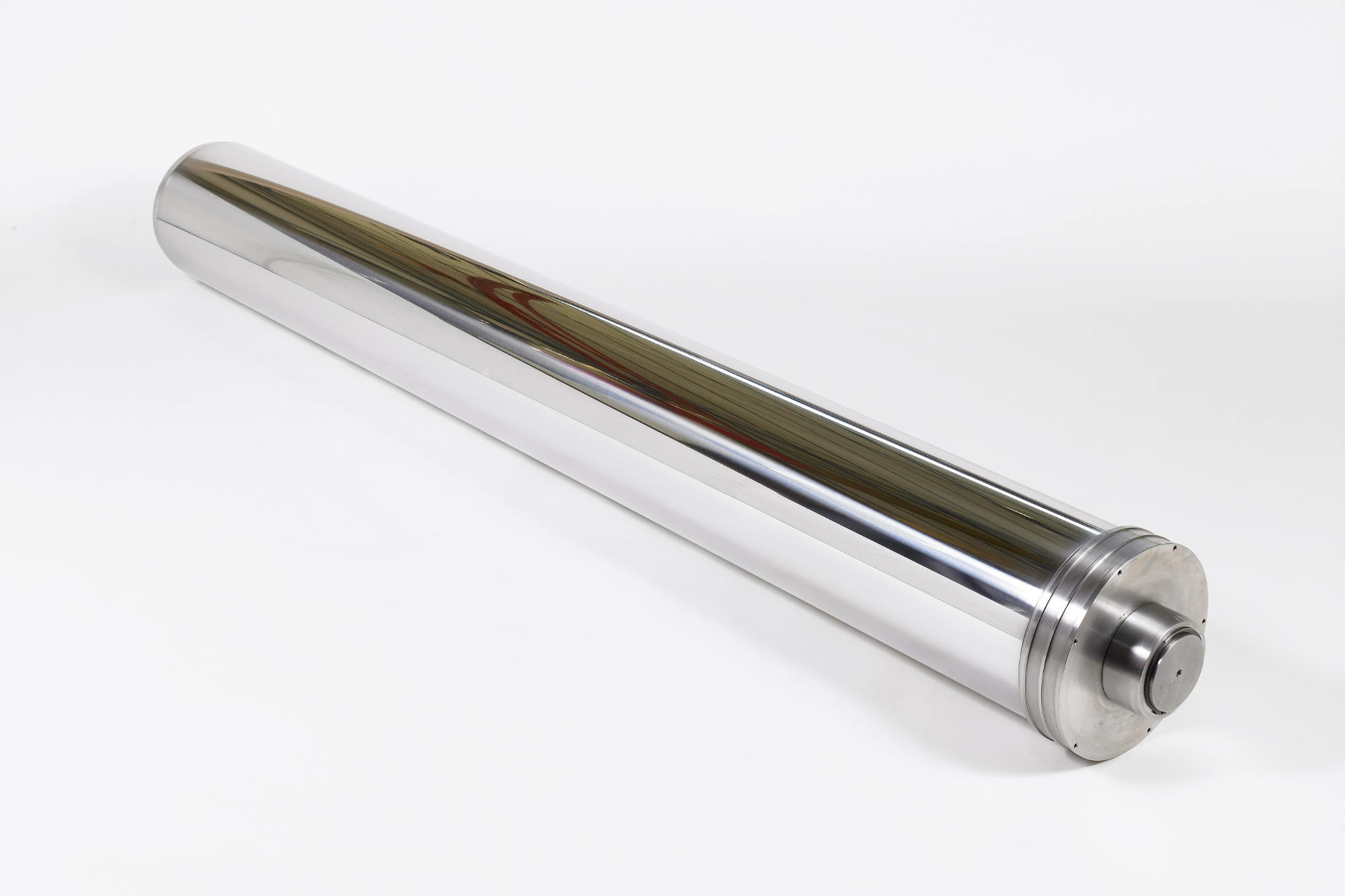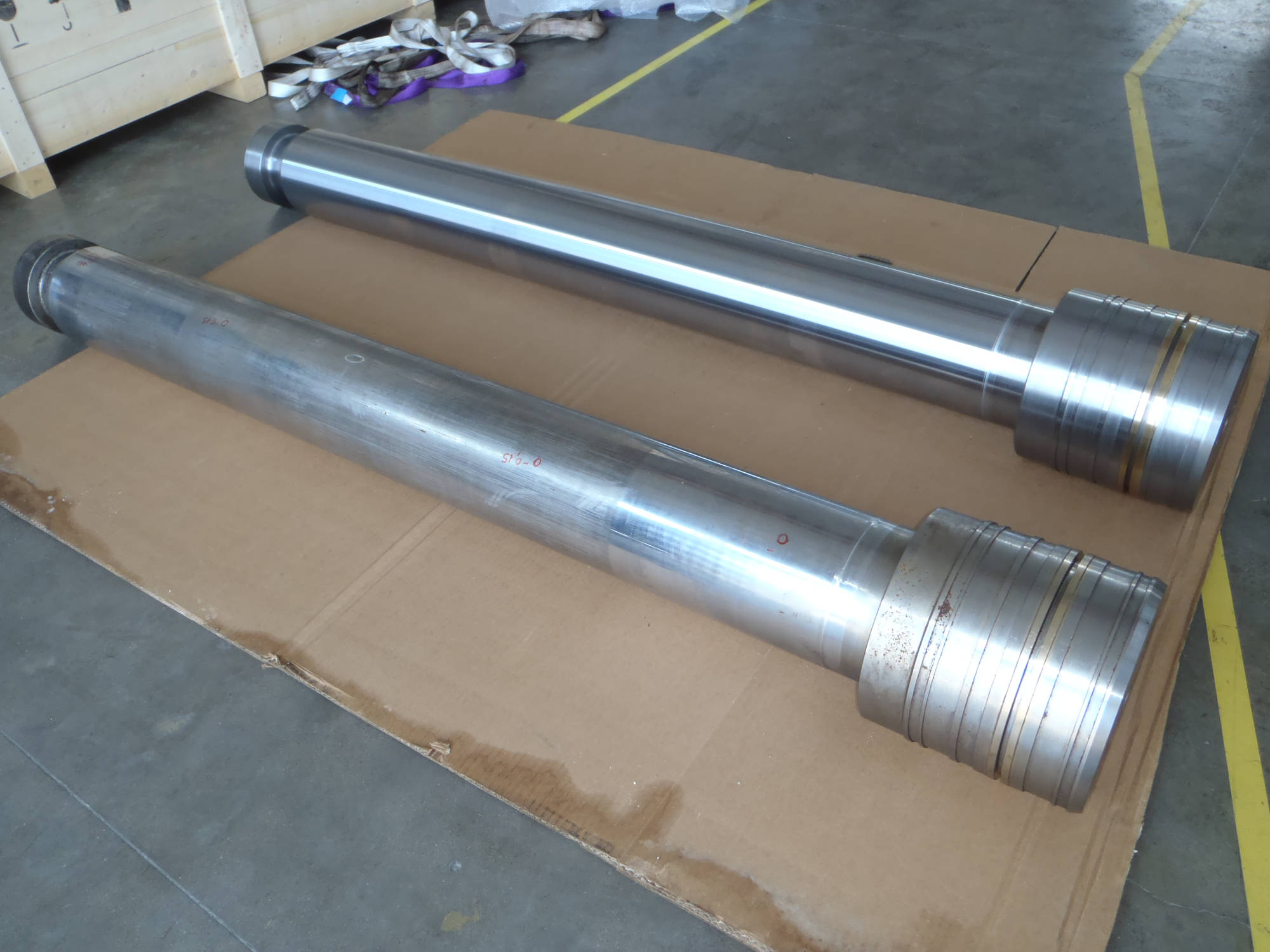Chrome plating is a galvanically deposited surface treatment which has the function of giving the surface of a workpiece a level of hardness and roughness compatible with the sliding of gaskets.
Normally chrome plating is the treatment carried out on hydraulic cylinder stems to ensure smooth sliding and sealing of the gasket; sometimes the liner pipe is also internally chromed to avoid any possible corrosion that would affect its operation.
Machining phases
Before chrome plating, it is very important to prepare the surfaces to be treated by machining them finely, because the result, in terms of chrome finishing to Ra 0.20 my, depends on the roughness of the surface before treatment. For this reason, it is necessary to hone the pipes before chrome plating, or grind and polish the stems.
The chrome thickness is important to make the plating strong enough for its design purpose. For example, the starting value may be 25my to then increase to 50my, 75my and 100my based on how heavy-duty the required application must be. The hardness obtained after surface chroming treatment is in the order of 850-950my HV0.3.

Required precautions and special uses
Despite this considerable hardness, a chromed stem must be handled with care. The hard plating is just a few microns thick which means that an impact could “break through” the chromed shell and damage the stem, affecting its efficiency.
On the other hand, a high chrome plating thickness could impair adhesion to the base metal, with resulting phenomena of chipping and detachment as occurs in stems of earth moving machine cylinders – which can be affected by this problem as they bend under stress.
For heavier applications, chromium plating efficiency can be improved by applying it to hardened and ground steel to give it “stone-proof” hardness, as required e.g. in the mining industry.
If the stem must feature special corrosion resistance characteristics, then a “marine cycle” cross treatment should be applied as it makes the stem more resistant to corrosion. Stainless steel rods can also be chromed.
Inspections
Pre-chromed stems that show defects can be reworked to restore optimal conditions to be verified by our quality control:
- Chrome diameter tolerance generally f7 with micrometer;
- Visual inspection to ascertain the absence of surface defects;
- Ra 0.20 max roughness measured by portable roughness tester;
- Chrome thickness measurement using a thickness gauge;
- Hardness of the chrome surface;
- On request, a corrosion resistance test can be carried out in neutral salt spray, or an adhesion test between the chrome plating and the stem can be performed.
Case history
July 21, 2022
Survey and manufacturing of a random check chrome-plated rod
A relevant Italian company with branches in various eastern European countries, asked our intervention to revamp into optimal efficiency conditions a cylinder placed into an application for the waste management
